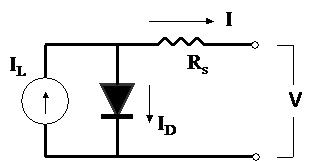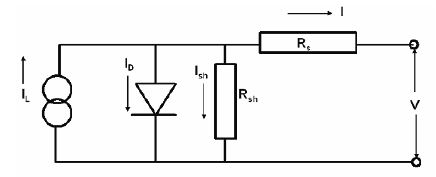I'd like to stand corrected, but I'd tend to say you can't because the E+ is a 4P model whereas the CEC's one is a 5P model.
EnergyPlus PhotovoltaicPerformance:EquivalentOne-Diode
From the Engineering Reference Guide:
This model predicts the electrical performance of a photovoltaic (PV) array. This model is also known as the “TRNSYS PV” model.
[...]
The four-parameter equivalent circuit model was developed largely by Townsend [1989] and is detailed by Duffie and Beckman [1991]. The model was first incorporated into a component for the TRNSYS simulation package by Eckstein [1990]. The EnergyPlus module employs the Eckstein model for crystalline PV modules, using it whenever the short-circuit IV slope is set to zero or a positive value as modified by Ulleberg [2000].
Equivalent circuit in the four parameter model

CEC
The California Energy Commission (CEC) Performance Model uses the University of Wisconsin-Madison Solar Energy Laboratory's five-parameter model with a database of module parameters for modules from the database of eligible photovoltaic modules maintained by the California Energy Commission (CEC) for the California Solar Initiative.
The five-parameter model calculates a module's current and voltage under a range of solar resource conditions (represented by an I-V curve) using an equivalent electrical circuit whose electrical properties can be determined from a set of five reference parameters. These five parameters, in turn, are determined from standard reference condition data provided by either the module manufacturer or an independent testing laboratory, such as the Arizona State University Photovoltaic Testing Laboratory.
The five-parameter model is described in De Soto 2004, Improvement and Validation of a Model for Photovoltaic Array Performance, Master of Science Thesis, University of Wisconsin-Madison.
From De Soto (2004):
Equivalent circuit representing the 5-Parameter model








